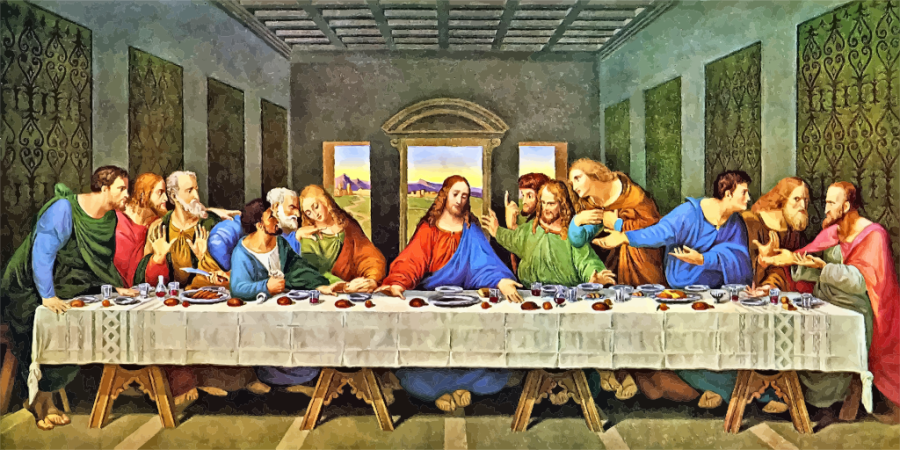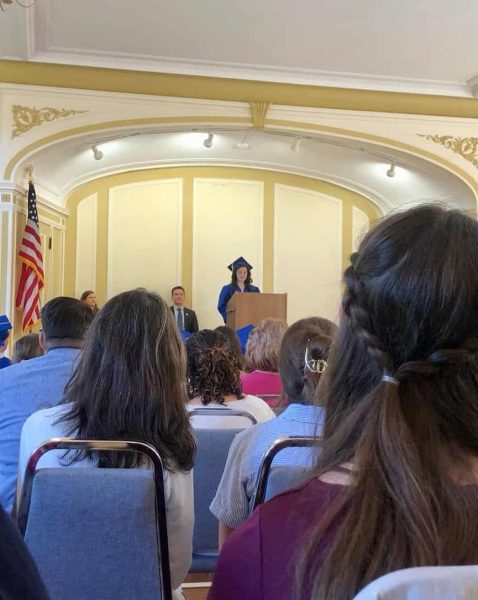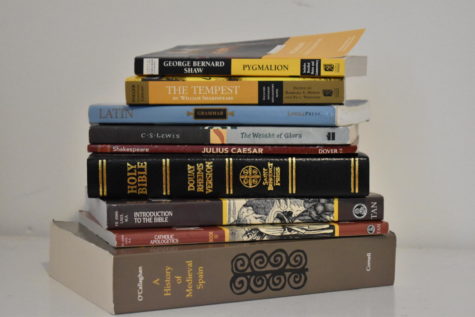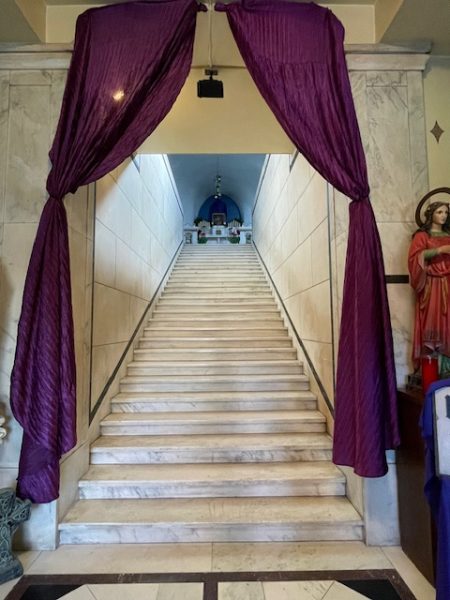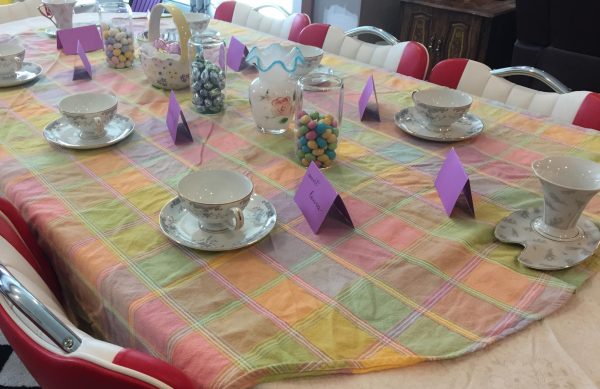How to Celebrate Maundy Thursday by Having a Mini-Last Supper with Your Family
Every year on Holy Thursday (also called Maundy Thursday), both of our families try to make a dinner that is like the meal Jesus and His Apostles would have had at the Last Supper before we head off to evening Mass. It’s relatively easy to do, and it’s a great way to teach children about Jesus’ Last Supper, as well as being a good way for all of us to bring our minds to and meditate on the events of Christ’s Passion, and think about what it would have been like for Him and His Apostles. It can be a very powerful experience going to Mass and hearing in the first reading a description of the first Passover right after eating this meal.
This family dinner also mirrors the Holy Thursday liturgy. At the beginning of the Mass of the Lord’s Supper, there is rejoicing. We sing the Gloria. We are joyful as we celebrate the Institution of the Eucharist. The Mass ends on a very somber note, and joy and celebrating is put aside until Easter.
The meal on Holy Thursday is the same way. It is a festive meal. Before we go to Mass, everyone is feasting. When we return, the feast is done with. We set our faces towards the fasting on Good Friday, and will not feast again until Easter.
Our first tip if you want to do this mini-Last Supper is this: remember to prepare! Leave one hour to have the meal (as it is much longer than an ordinary meal), and check what time Mass will be in advance. (Also, don’t forget about the one-hour fast before receiving Communion!) You may need a few extra items from the grocery store, so start planning a few days before.
There are a few things you’ll want to be sure to have at your meal:
One, of course, is a lamb. Traditionally, the Passover lamb was a sacrifice in atonement for the sins of the people. This was a prefigurement of Jesus, the Lamb of God, who made the perfect sacrifice for the people’s sins.
You can always make a roast lamb, use some for the Maundy Thursday meal, and save the rest for Easter Sunday.
Another is bitter herbs. The bitter herbs were symbolic of the bitterness of Israel’s bondage in Egypt, and are symbolic of the bitterness of our slavery to sin.
In Katherine’s family, we just use mixed green salad and add parsley for the bitter herbs. In Anastasia’s family, we usually use parsley or celery.
Haroset is nice to make as well. Haroset is usually made from nuts, chopped apples, honey, and cinnamon. This signifies the bricks and the mortar, which the Israelites were forced to work with while in slavery to Egypt.
Unleavened bread is another item to include. The reason the bread was unleavened was because the Lord had told the Israelites to eat their meal in haste (“This is how you are to eat it: with your loins girt, sandals on your feet and your staff in hand, you shall eat like those who are in flight.” – Ex. 1:11). Therefore, there was no time for the bread to rise.
Of course, at the Last Supper Christ turned the unleavened bread into His Body, which makes it very significant for us.
Matzoh, which you’ll probably find easily in the grocery store near Passover, is perfect for unleavened bread.
You’ll also want to include wine (or a non-alcoholic substitute). Again, the wine is very significant, as at the Last Supper Christ turned the wine into His Blood.
Naturally, not everyone will have actual wine; in Katherine’s family we make “Poor Man’s Champagne” (which is simply one part ginger ale and one part grape juice – use the red grape juice and not the white for the “wine” to be red). In Anastasia’s family, we usually just use juice.
And of course, food is not the only thing that makes the meal. Maybe you always have a tablecloth, candles, and china dishes for your meals. If not, though, this is the time to get them out! If you normally do that anyway, you could always add a few more candles. You could also ask everyone to wear nice clothes, and I suggest that you tidy the dining room. Remember to switch off your cell phones, so they are not a distraction during the meal. Try to really impress on everyone’s minds that this isn’t a normal meal; that this is more formal and intentional than a regular dinner.
We do this to remember what it was like for Jesus, and the Apostles, at the Institution at the Eucharist. Of course, our family dinner is not the same as the Last Supper! Children always talk too loudly, and usually are slightly reluctant to eat the bitter herbs. Sometimes the baby has tried to climb up on the table, or we’ve had to cut it short to be in time for Mass. The most important thing isn’t to have a meal where everything is perfect, but to learn about and think about the Last Supper, and help prepare our minds and hearts for the Triduum.

Katherine Milliken is a News Production student, and a senior in MODG. She loves to write, and plans on majoring in literature at college.

